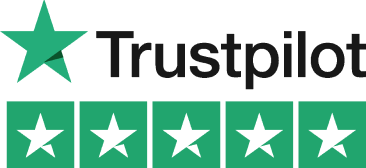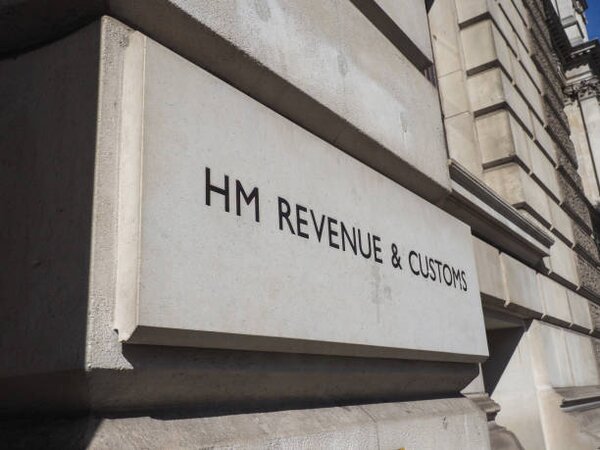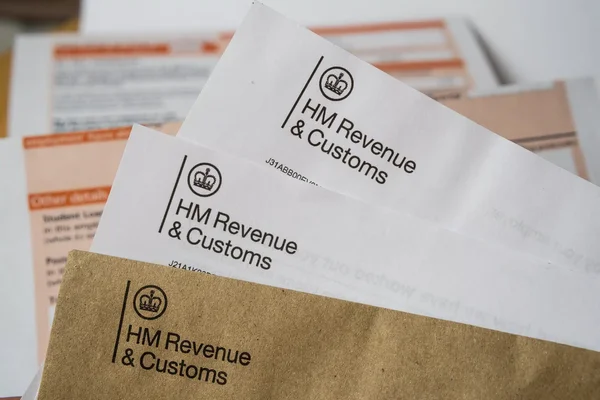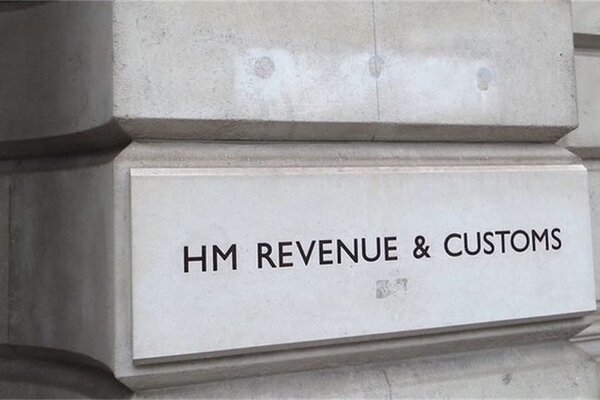Understanding Financial Support for Self-Employed During Medical Leave

Many self-employed individuals are unaware of the support available to them during medical leave. Unlike traditional employees who can claim Statutory Sick Pay (SSP), the self-employed need to identify alternative resources to help them through financially difficult times. Delving into various support mechanisms reveals opportunities such as state benefits, insurance plans, and savings strategies.
Financial readiness is crucial when facing a medical predicament. A proactive approach to understanding your options ensures that despite the health setback, your financial stability remains intact. This piece is designed to navigate self-employed individuals through the labyrinth of financial support systems available during medical leave.
Benefit: Employment and Support Allowance
The Employment and Support Allowance (ESA) can be a lifeline for self-employed individuals. ESA provides financial aid if you're unable to work due to illness or disability. Applications can be submitted immediately upon medical recommendation for leave.


Consider Income Protection Insurance
Income Protection Insurance serves as a safety net by replacing a portion of your income. This type of insurance can provide long-term financial security if you need to take extended medical leave. Policies vary, so compare different offerings to find one fitting your needs best.

As of 2021, around 2.3 million individuals in the UK were claiming ESA. This substantial number highlights its importance as a support system for the self-employed.ESA Claims

A survey from 2020 shows that only 12% of self-employed individuals have income protection insurance. The figures indicate that many are financially vulnerable during medical leave.Growing Need for Income Protection

Savings Strategies for Medical Leave
Building a financial cushion is crucial for ensuring stability during medical leave.
By establishing a dedicated savings fund, you safeguard yourself against the risk of falling into debt while covering essential living costs.
Contributing regularly to an emergency fund, even with small amounts, can significantly reduce financial stress during unexpected health challenges.
Think of this fund as an essential business expense something vital for maintaining both personal and professional stability.
Over time, even modest savings can accumulate into a substantial buffer, offering peace of mind when you're unable to work.

Top Tips For Financial Support During Medical Leave

Explore Statutory Sick Pay Alternatives As a self-employed individual, you're not entitled to Statutory Sick Pay, but you can claim Employment and Support Allowance (ESA) if eligible.

Check Your Insurance Coverage Review any private health insurance policies you hold, as they might offer income protection or sick pay benefits during medical leave.

Utilise Government Grants During prolonged medical leave, investigate government grants or loans tailored for self-employed individuals facing financial hardship.

Fun Facts
Did you know that the first form of income insurance dates back to the 19th century? Originating in Europe, it was created to help workers maintain their livelihood during unforeseen medical conditions.
Practical Steps in Managing Finances

It is essential to create a comprehensive financial plan specifically designed for medical leave. Start by listing all expected expenses, ensuring you cover both medical and personal costs. Consult with expert tax assistants available on the Pie app to optimise your financial strategy.
Additionally, investigate government benefits and private insurance options early on. Navigating through these processes can take time, so getting a head start is crucial. Structured planning and diversified financial strategies will mitigate the economic impact of taking time off due to medical reasons.

Approach an insurance broker to help sift through different policies, highlighting the ones best suited to your financial and health needs. Always read fine print to understand exclusions and limitations.Insurance Comparison Tips

Consult professionals to tailor financial advice based on your unique circumstances. Expert tax assistants available on the Pie Tax App can provide invaluable insights into managing finances during medical leave. With bespoke guidance, you’ll be better prepared to deal with financial uncertainties professionally and personally.Customised Financial Advice
Summary
Navigating the financial landscape as a self-employed individual during medical leave requires thorough understanding and preparation. From grasping the ins and outs of benefit schemes like ESA and SSP to considering Income Protection Insurance, a multifaceted approach is crucial. Knowing your options, whether through immediate claims or thoughtful savings strategies, can make a significant difference.
Balancing work and health is already challenging. By leveraging resources such as the Pie Tax App and expert tax assistants available on the Pie App, you can ensure that your finances are well-managed, even when you're not able to work. Act today and future-proof your finances against medical emergencies.
Frequently Asked Questions
Can self-employed individuals claim Statutory Sick Pay (SSP)?
No, SSP is only available to those on payroll. However, self-employed individuals can explore ESA as a viable alternative.
How quickly can I receive ESA?
Typically, ESA applications can be processed within a few weeks. Submitting all required documents promptly can expedite the process.
What is the average payout for Income Protection Insurance?
Coverage varies by policy, but it generally ranges from 50% to 70% of your average income.
How often should I review my emergency fund?
Review your emergency fund at least quarterly to ensure it matches your current financial needs.
Is Income Protection Insurance necessary for all self-employed individuals?
While not mandatory, it is highly advisable for anyone without a stable cashflow safety net.











